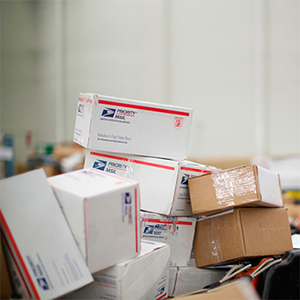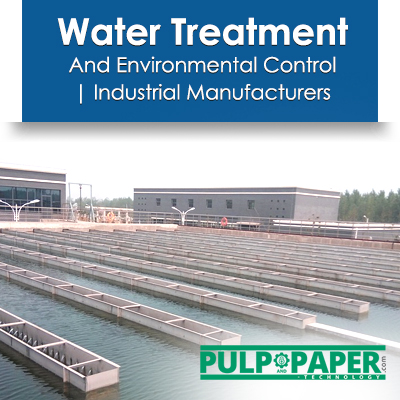Applications Of Paper Chromatography

Paper chromatography, as the name implies, is carried out on paper. Paper chromatography offers many advantages like low-cost, unattended, hassle-free operation and simplicity.
What actually happens in paper chromatography? As we all know, ink is a solution containing a number of different molecules. Different characteristics such as solubility and size are present in these molecules. When pulled along the piece of paper toweling, each molecule travels at a different speed because of their different characteristics. Compared to the heaviest particles, the lightest particles move more quickly and at a greater distance. The pigments that make up an ink sample are thus separated out.
Over the years, paper chromatography has evolved and has found widespread applications in molecule separation of different polarities.
Typical Uses Of Paper Chromatography
• Separating Colored Pigments

An effective technique used for separating colored pigments from a mixture. How does it work? A few drops of the colored pigments mixture are placed on the filter paper and then it is slowly submerged into a jar of solvent. Depending on their polarity, it dissolves the molecules present in the mixture, as the solvent rises up the paper. As the solvent continues to rise up the filter paper, molecules of each pigment leaves the solution at different places because of different polarity. Hence, every pigment rises up to a particular level on the chromatography paper and gets separated in the process.
It is useful in separation of plant pigments.
• Reaction Monitoring
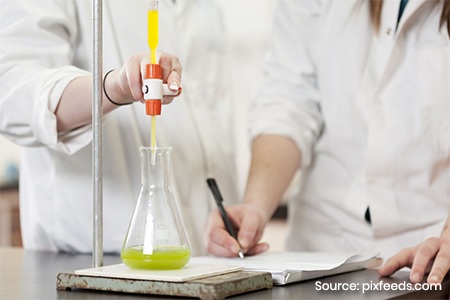
Over a period of time, the concentration of reactants decreases, whereas the concentration of production increases in a chemical reaction. One can get a fair idea on the progress of reaction by spotting the reactants and developing the chromatogram over different time intervals. The availability of densitometers made quantitative estimations possible, but traditionally the technique was used for qualitative monitoring. However, as a reaction monitoring option, the rapid methods using spectroscopic techniques are limiting the paper chromatography application.
• Qualitative Analysis
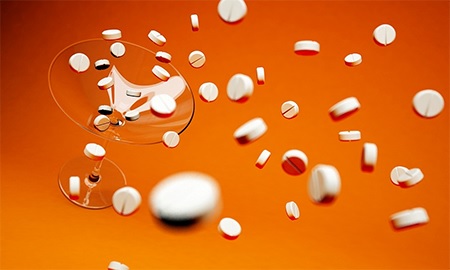
To analyze or separate the different constituents of a mixture, paper chromatography is used. It is one of the methods of qualitative analysis. We can say it as a useful tool for separating polar as well as non polar solutes. To analyze the different compounds in drugs, most of the pharmaceutical companies use this technique.
It is used in determining the pollutants in water and testing of antibiotics.
• Isolation And Purification

For components of mixture, paper chromatography has been put to use as a purification and isolation technique. Using spectro-photometric methods, the separated components on the paper are cut, dissolved in suitable solvents and their absorption is characterized at specific wavelengths.
• Pathology And Forensic Science
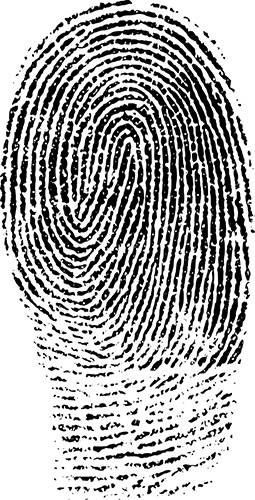
For investigation of crimes, paper chromatography is useful in the field of forensic science, as this process can be successfully carried out with even very small quantities of material. Using this technique, samples from crime scenes are collected to be analyzed and identified.
Used in DNA and RNA fingerprinting. Moreover, to detect the presence of alcohol or chemicals in blood, pathological laboratories use paper chromatography.
• Foods

Both natural and synthetic food colors are added to foods to improve their acceptability and to make them more popular. Paper chromatography has been primarily used for analysis of food colors in ice creams, sweets, drinks and beverages, jams and jellies. To ensure that no non-permitted coloring agents are added to the foods, only edible colors are permitted for use. That's how quantification and identification becomes more important.
• Analyzing Complex Mixtures
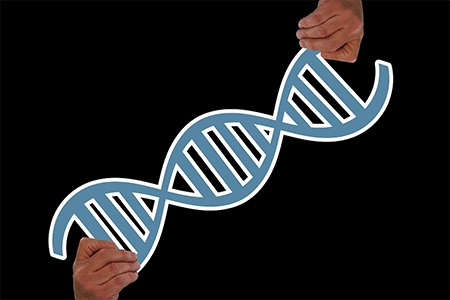
Certain organic compounds such as carbohydrates and amino acids are identified or detected from a complex mixture of organic compounds with the help of paper chromatography. It is useful in the separation of anions and amino acids.
Ranging from forensic investigations, pharmaceuticals, environmental monitoring and foods, paper chromatography have retained their ground in various fields. For matching the requirements of high throughput laboratories, chromatography has seen phenomenal growth in terms of software's, applications and increased automation and separation in general.







